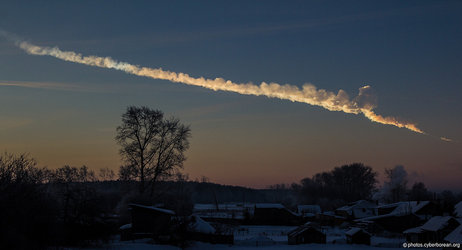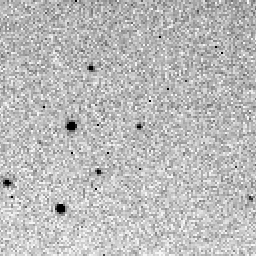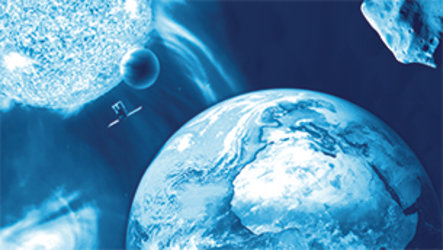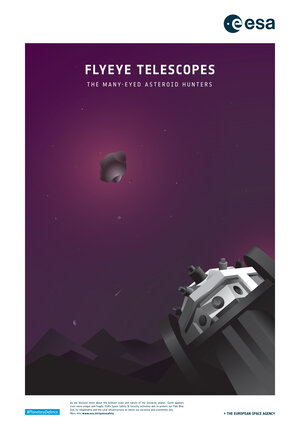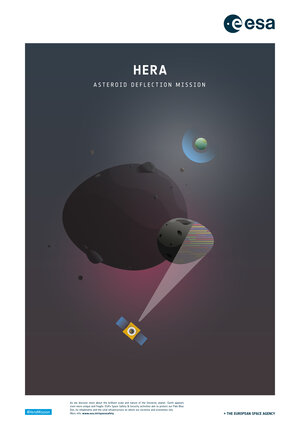Halloween asteroid gives us a miss, confirms ESA
An asteroid four times the size of a football pitch will miss Earth on All Hallows’ Eve. The flyby highlights the need to watch for space rocks.
Halloween, according to some, is a time to be afraid, but no one need fear asteroid 2015 TB145, an object some 400 m across that will pass safely by at around 17:00 GMT (18:00 CET) on 31 October.
The space rock was discovered only on 10 October from Hawaii.
On 11 October, just 12 hours after its discovery, the object was first confirmed by ESA from its observatory in Tenerife, Spain.

The asteroid will safely miss Earth by just 480 000 km, which is further away from Earth than the Moon, but which is a close pass on a cosmic scale. It is travelling at about 35 km/s with respect to Earth – higher than the typical encounter speed of near-Earth asteroids.
“The fact that such a large near-Earth object (NEO), capable of doing significant damage if it were to strike our planet, was discovered only 21 days before closest approach demonstrates the necessity for keeping daily watch of the night sky,” says Detlef Koschny, in ESA’s Space Situational Awareness office.
There is no chance that the asteroid will hit our planet, neither now nor in the next 100 years at least, and it is not included in ESA’s official NEO Risk List.
Very little known

Almost nothing is known about the physical characteristics of the asteroid, aside what can be inferred from observations to date.
“The diameter of about 400 m has a large uncertainty, as is usual in the case of any object for which we do not yet know details, such as its composition,” says Marco Micheli, an astronomer working at ESA’s NEO Coordination Centre in Italy.
“More accurate information on the size will likely become available once the object is observed by radar, which is expected to occur between now and early November via NASA’s Goldstone tracking stations and the Green Bank telescope.”
Estimates give around 5000 NEOs of this size, of which a significant fraction has not yet been discovered.
In addition to working with existing European and international astronomical assets and local and national observer teams, ESA is developing a new capability to perform nightly automated surveys.
This is based on Europe’s new, automated ‘Fly-Eye’ telescope technology, expected to be ready for testing at the end of 2016.
“Objects of this size are often spotted by automated surveys,” says Detlef. “The only difference is that, being so large, they are often found when they are quite far away, out to 2.5 times the Sun–Earth distance, and not just before a close approach, as in this case.”















 Germany
Germany
 Austria
Austria
 Belgium
Belgium
 Denmark
Denmark
 Spain
Spain
 Estonia
Estonia
 Finland
Finland
 France
France
 Greece
Greece
 Hungary
Hungary
 Ireland
Ireland
 Italy
Italy
 Luxembourg
Luxembourg
 Norway
Norway
 The Netherlands
The Netherlands
 Poland
Poland
 Portugal
Portugal
 Czechia
Czechia
 Romania
Romania
 United Kingdom
United Kingdom
 Slovenia
Slovenia
 Sweden
Sweden
 Switzerland
Switzerland





























